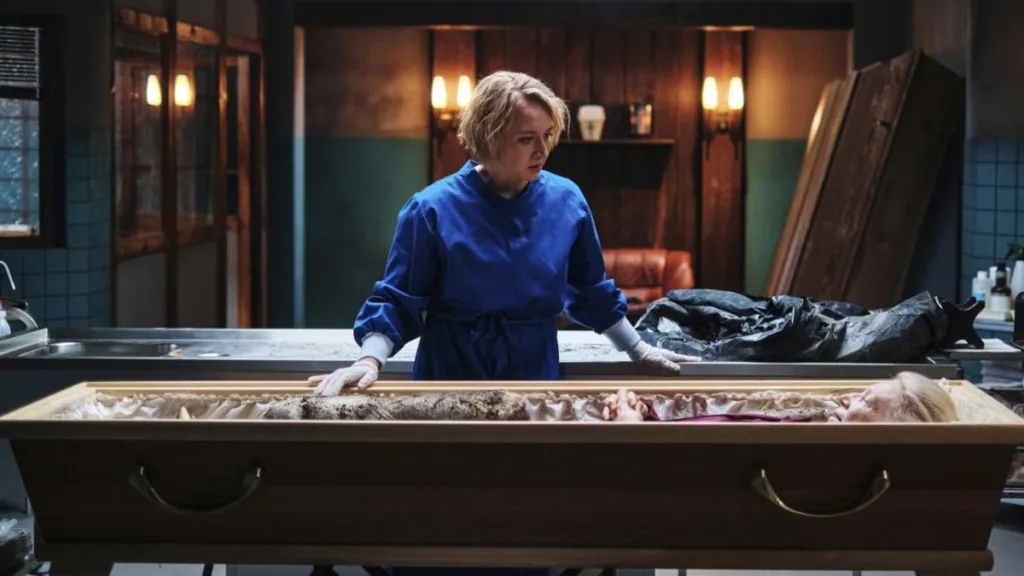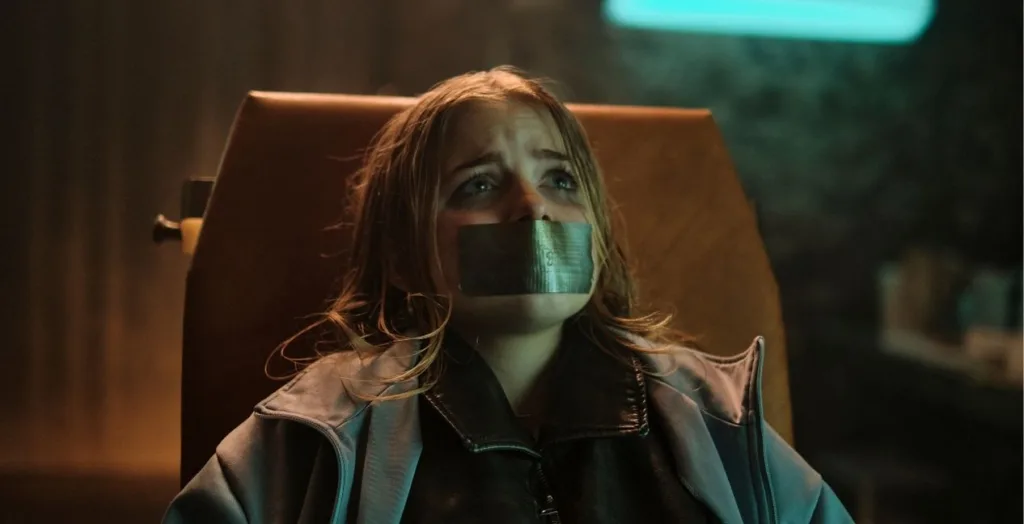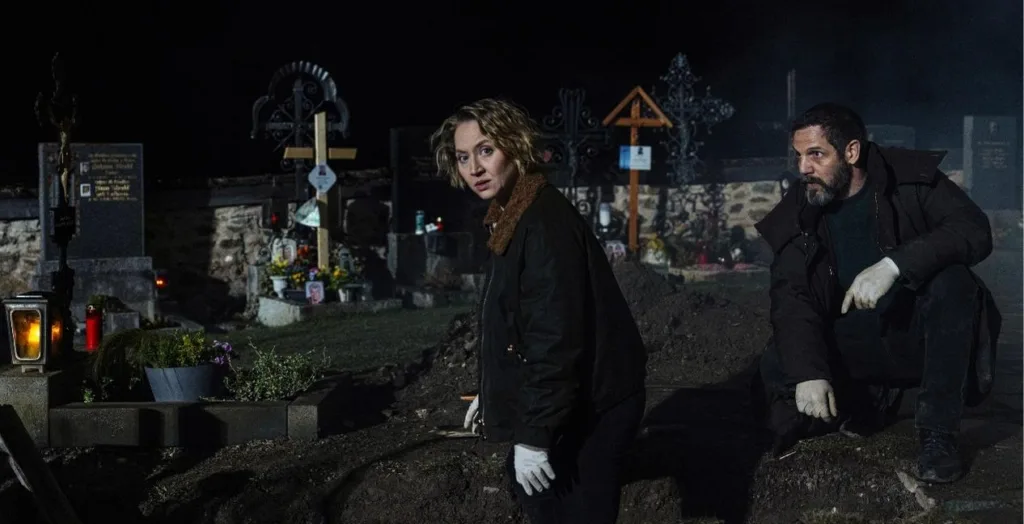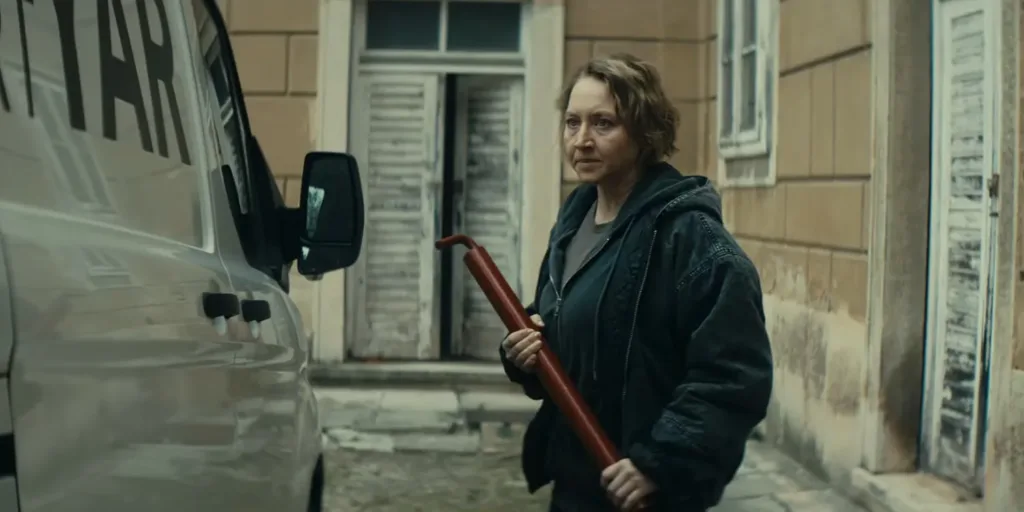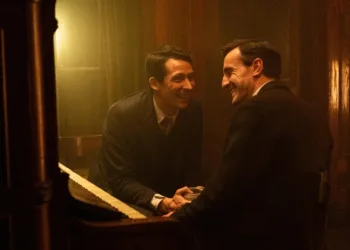Woman of the Dead Season 2 emerges as a grim, atmospheric thriller that carries forward a story steeped in melancholy and mystery. The series unfolds in a seemingly sleepy town where every corner hides whispers of secrets, corruption, and covert schemes.
Its narrative juxtaposes the weight of personal loss with the decay of a community gripped by unseen agendas. Here, tragedy and a failing society form a complex interplay that provokes questions about fate and the inescapability of our past.
This chapter of the tale introduces a shift in focus. The narrative no longer fixates solely on a thirst for retribution; instead, it portrays a desperate struggle for survival and the relentless protection of loved ones.
The landscape of the story is marked by a harsh tone—a relentless intensity that mirrors the darkness lurking behind each character’s facade. Moments of tender familial devotion contrast sharply with the brutal realities of a world governed by hidden dangers.
Tangled Threads and Hidden Dread
In this chapter, the story unfurls around Blum’s frantic race to recover a missing tape—an object that carries the weight of unspeakable secrets—and the unsettling discovery of dismembered remains that signal an imminent threat. The narrative takes a stark turn when Nela is snatched away, plunging Blum back into a past riddled with dark choices and moral ambiguity. This act sets a rapid pace, forcing the characters into a collision course with the ghosts they have long attempted to hide.
The series interlaces memories with the present, shifting between dim flashbacks and the harsh light of now. Past transgressions emerge quietly, like shadows merging with the present, each revelation sharpening the tension. The careful interplay of these timelines creates a rhythm that is at once unpredictable and arresting, each scene carrying its own weight in suspense.
Secondary threads pulse beneath the surface, tracing the sinister dealings of influential families and the covert operations of underground figures. The corruption that infects the town seeps into every corner, suggesting that power and crime share a secret, unholy alliance. Business and political machinations reveal themselves through hushed conversations and furtive glances, all of which add a layer of complexity to the narrative.
Certain moments punctuate the storyline with startling clarity: a grim discovery inside a coffin, a betrayal that comes without warning, and sudden shifts in alliances that leave the viewer questioning every motive.
Each twist is a stark reminder of the price of hidden sins and the relentless grip of fate. Through this intricate structure, the series asks weighty questions about the sacrifices demanded by a past that refuses to remain entombed, challenging the viewer to confront the cost of keeping secrets in a world steeped in perpetual night.
Flesh, Spirit, and the Echoes of the Past
Blum’s transformation emerges as a haunting exploration of pain and resilience. In the wake of loss, she wanders through an internal wasteland marked by guilt and the relentless weight of choices that refuse to fade. Once driven by a singular urge for retribution, she now finds herself shackled by a need to shield those who remain precious.
Her encounters with the departed—whispered confessions exchanged with silent figures laid to rest—offer a somber dialogue between the living and the spectral remnants of her past. Each interaction unravels threads of regret and the burden of memories that have long haunted her nights.
Her family, fragile yet fiercely tenacious, plays a central role in her unfolding saga. Nela, caught in the maelstrom of a fractured existence, embodies both vulnerability and the spark of defiant hope. The dynamics at home reveal the strain of love when confronted with relentless external forces, painting a picture of bonds under siege. In these private spaces, Blum’s instincts to protect become both her salvation and her undoing, driving her further into a labyrinth of internal conflict.
Beside her stands Reza Shahid, a figure of steadfast temperance whose calm presence offers a counterpoint to her turbulent impulses. His quiet resolve and measured responses infuse the narrative with a sense of stability amid chaos.
Meanwhile, shadowy figures—agents of a corrupt regime that strangle the town’s soul—loom as constant reminders of the decay that festers beneath societal facades. A determined inspector, fueled by a personal code that blurs the lines between right and wrong, pursues her with an intensity that blurs moral absolutes.
The performances, spearheaded by a lead whose portrayal of inner torment captivates and disturbs, animate these existential struggles with raw authenticity. Each glance and hesitation speaks to a life marred by irrevocable decisions and the eternal pull of regret.
Silent Bonds and the Haunting of Secrets
A mother’s fierce affection stands as the axis around which this narrative spins, her readiness to sacrifice everything for her family emerging from the depths of an unforgiving past. Her love, raw and uncompromising, is portrayed as a singular light amid encroaching darkness, a counterbalance to a world where trust is fractured by endless betrayals. Family, here, manifests as both refuge and relentless trial—a union forged in anguish and maintained by a devotion that borders on martyrdom.
Hidden truths and unresolved histories press upon every frame, their presence made palpable through the grim symbolism of uncovered body parts and the elusive tape. These elements are not mere plot devices but somber echoes of transgressions that continue to haunt the present.
They signal that the sins of previous days refuse to vanish quietly; instead, they return as stark reminders of what has been buried. In this unsettling landscape, the demarcations between right and wrong grow indistinct, leaving characters to make desperate choices in a struggle against indifferent forces.
Coffins, fragmented remains, and barren, shadowed vistas punctuate the story with a visual vocabulary heavy with the themes of mortality and guilt. Recurring images and motifs murmur of lost chances and the burdens carried by those who cannot forget, each visual cue resonating with an unspoken plea for absolution.
The dialogue, the settings, and the measured pace of events conspire to evoke an atmosphere of lingering dread—a persistent reminder that fate’s grip is inescapable.
Through the Looking Glass of Shadows
The series employs a visual language that speaks in whispers of dim light and sharp contrasts. Nighttime scenes in a weathered cemetery and moments where light cuts through darkness create a visual echo of inner torment.
Each frame appears carefully composed; the interplay of shadow and pale hues conjures a realm where every detail speaks of sorrow and hidden menace. Framing techniques, at times claustrophobic and other times expansive, evoke a tension that mirrors the human condition—a fragile struggle against inevitable decay.
A fresh directorial approach colors the narrative with deliberate pacing, where bursts of kinetic action mix with silent, reflective pauses. The pace of the narrative flows with an unexpected rhythm, matching the raw intensity of physical altercations with reflective interludes that allow the viewer to pause and consider the weight of unspoken memories.
The combat scenes carry a rugged realism; the choreography feels rough, almost feral, each strike and maneuver steeped in urgency and human frailty. The tension between explosive sequences and measured, contemplative moments pushes the story forward with both fire and frost.
Sound design in the series is marked by a sparse musical backdrop. Instead, natural acoustics—a distant wind, the creak of old wood, a sudden, jarring silence—serve to heighten every scene, leaving an indelible impression on the senses.
The Weight of Shadows
The narrative converges in a space where plot, character, and technique interlace with a somber intensity. Here, the grim journey of Blum and her tormented kin merges with a visual tapestry marked by spectral imagery and muted hues.
The characters, each carrying burdens too heavy to cast off, serve as conduits for reflections on sacrifice and the impermanence of redemption. Their struggles paint a picture of a world where duty and despair exist side by side, forging an experience that is as emotionally wrenching as it is visually arresting.
The measured pacing of the story, punctuated by moments of raw action and silent introspection, sustains an air of persistent unease. Tension arises not merely from explosive confrontations but from the quiet, almost reluctant revelations that echo through the corridors of memory. This interplay creates an environment where the viewer is invited to question the nature of justice and the price of unburdening the past.
Among the series’ undeniable merits lie its atmospheric tension and richly drawn character portrayals, intermingled with visual compositions that evoke both beauty and decay. Yet, there lingers the possibility of a deeper excavation into the lives of secondary figures, whose shadows whisper of untold stories. Similarly, further cultivation of familial bonds might amplify the already potent emotional stakes, hinting at an expansive narrative horizon.
The series plants seeds of introspection that will linger, its visual and thematic motifs sparking contemplation about fate and the haunting legacy of personal sacrifice.
The Review
Woman of the Dead Season 2
Woman of the Dead Season 2 offers a dark and immersive experience, pairing visual artistry with profound character conflicts. The narrative provokes thought on moral dilemmas and the weight of past transgressions, while its haunting imagery and raw emotional beats leave a lasting mark. Though some supporting arcs could benefit from deeper exploration, the series captivates with its relentless intensity and atmospheric detail.
PROS
- Intense, atmospheric storytelling
- Rich, multi-layered character portrayals
- Striking visual compositions
- Thought-provoking moral and existential themes
CONS
- Some supporting character arcs remain underdeveloped
- Pacing may feel uneven at times









































